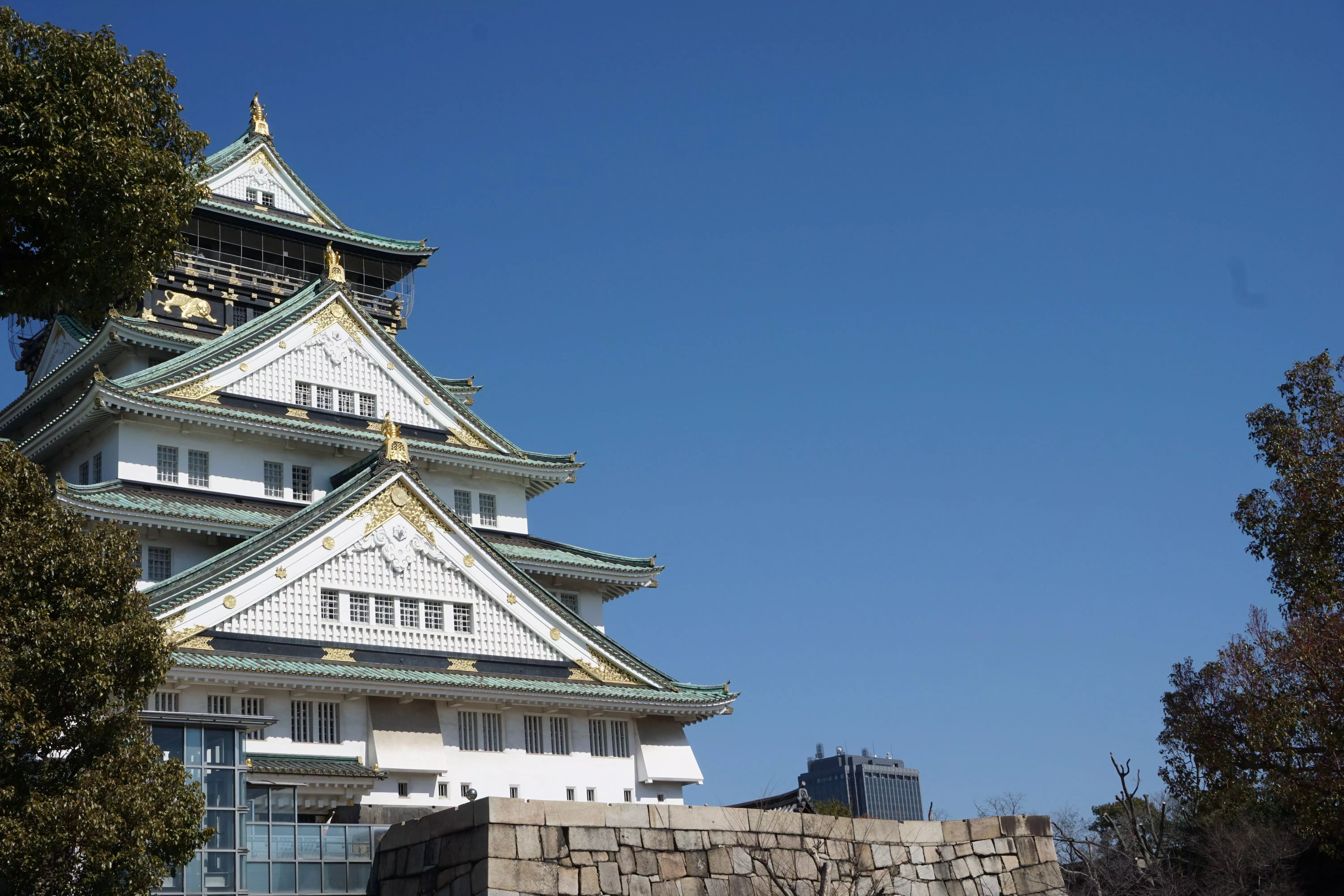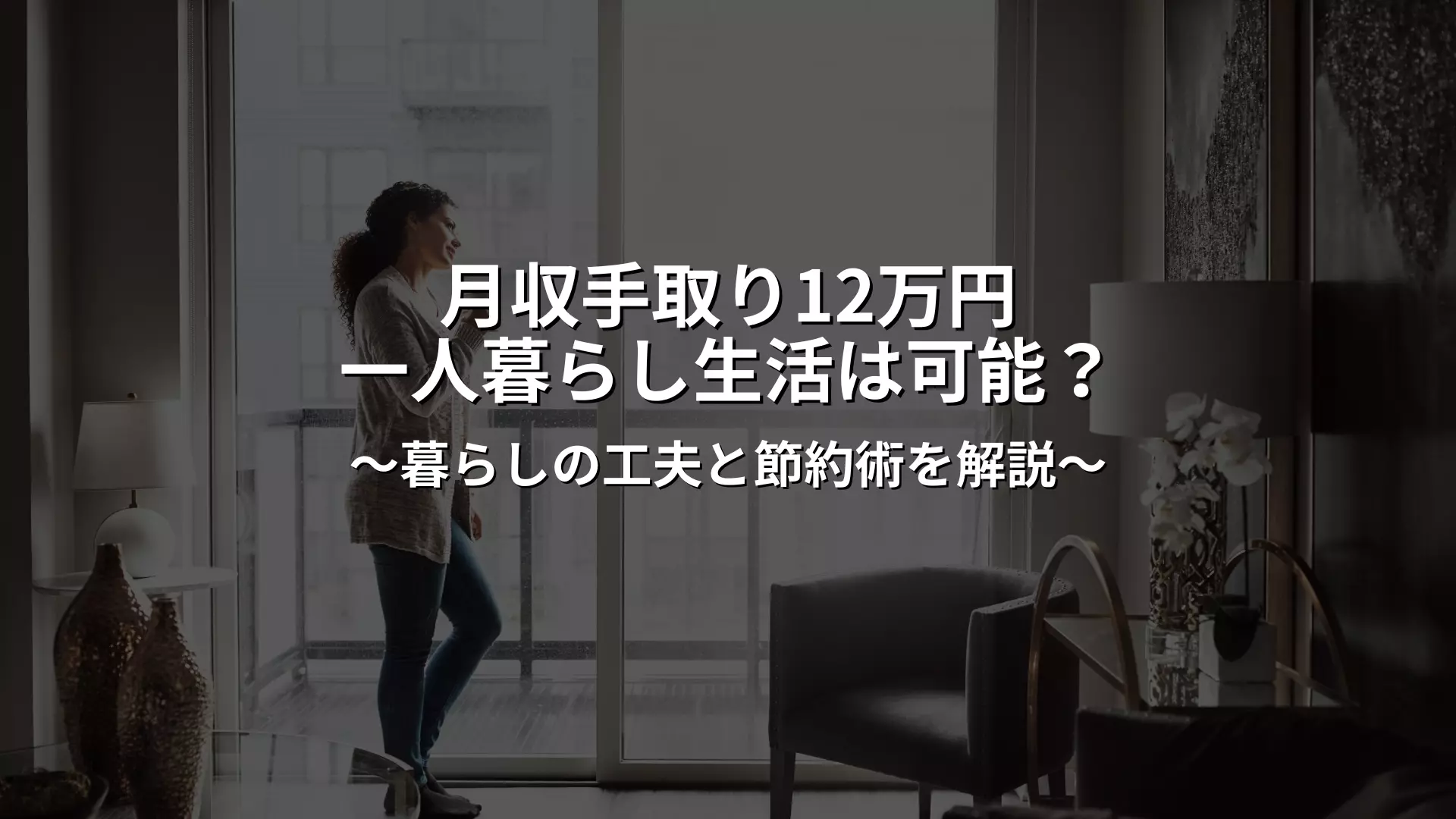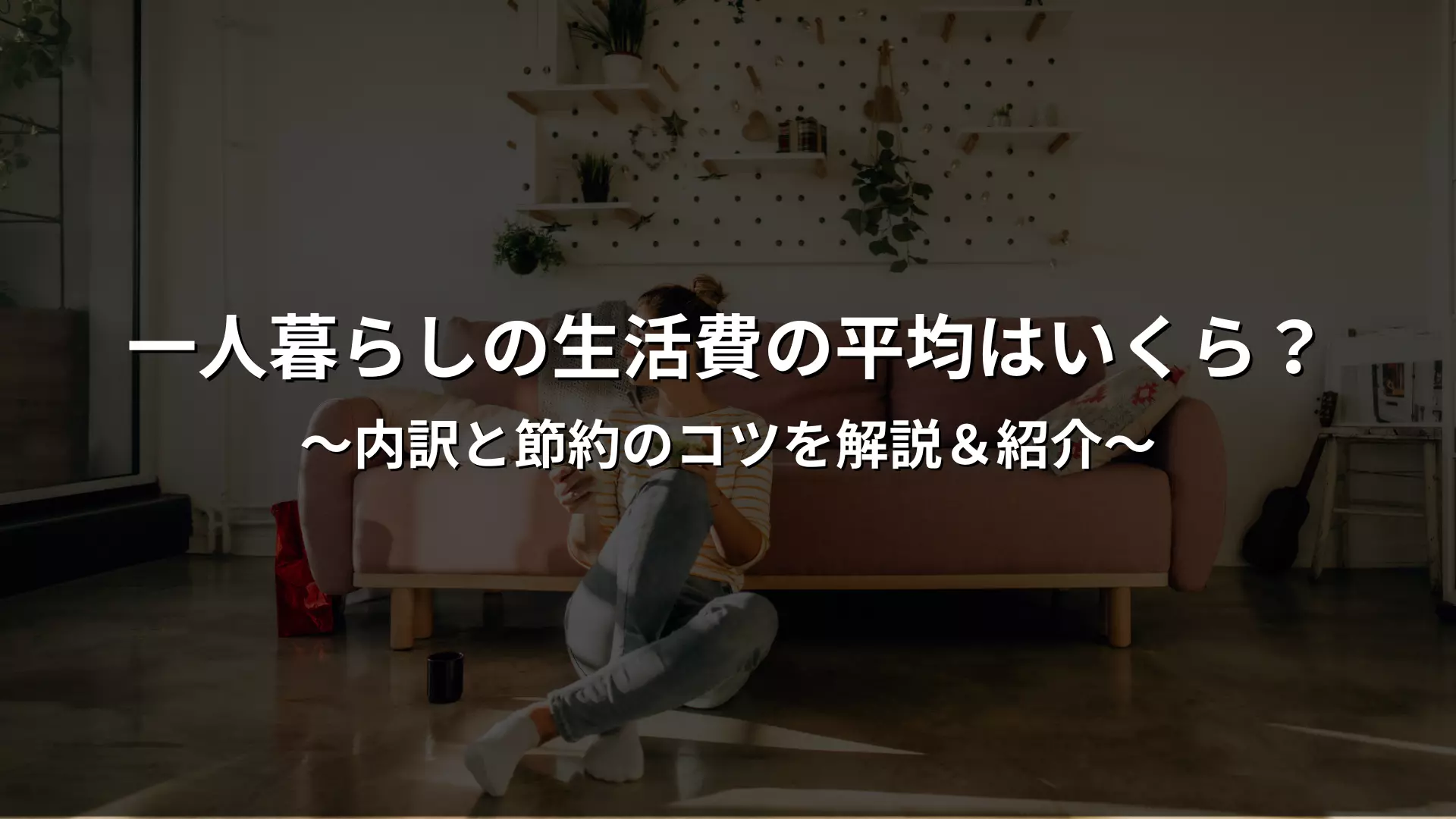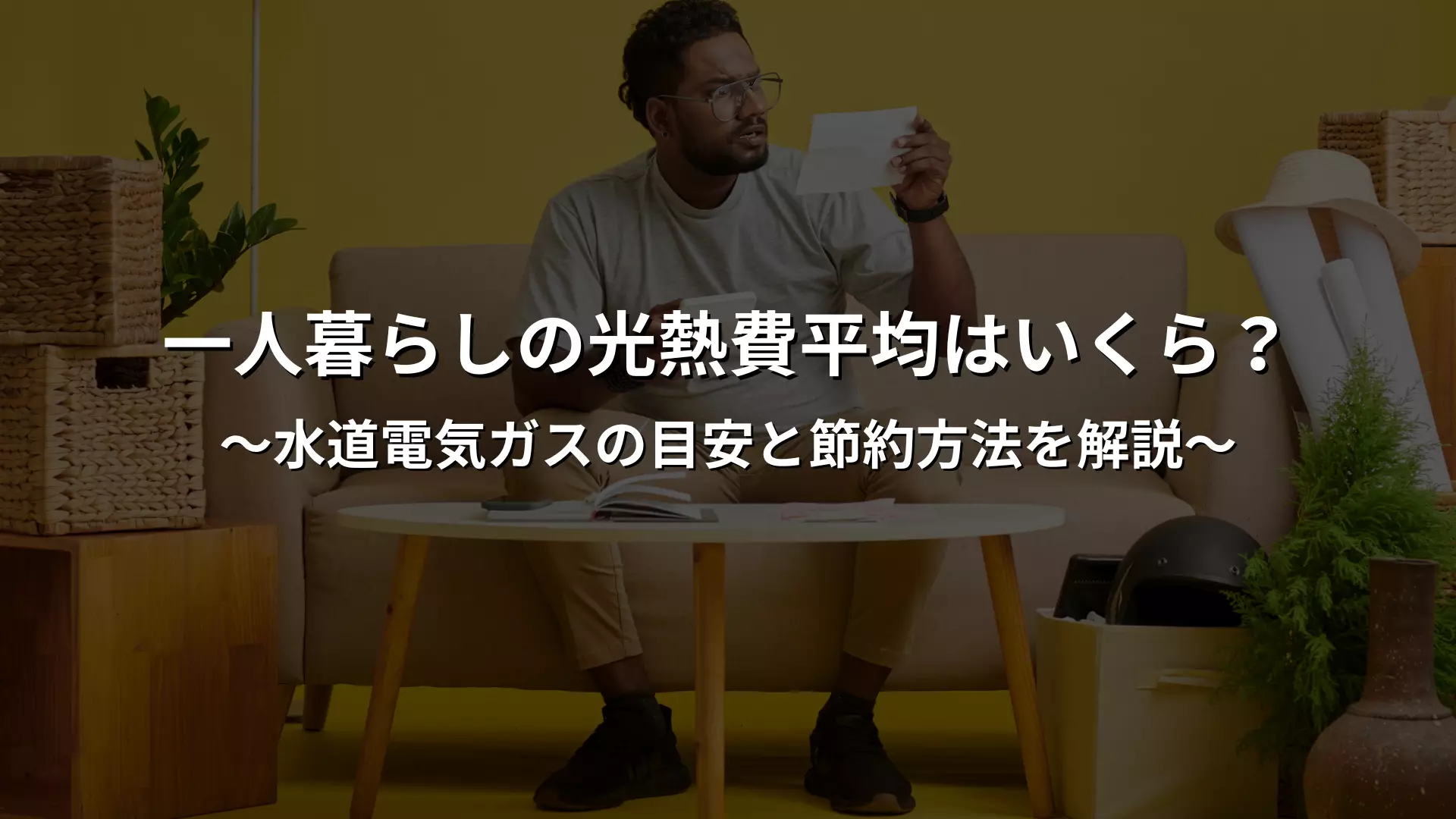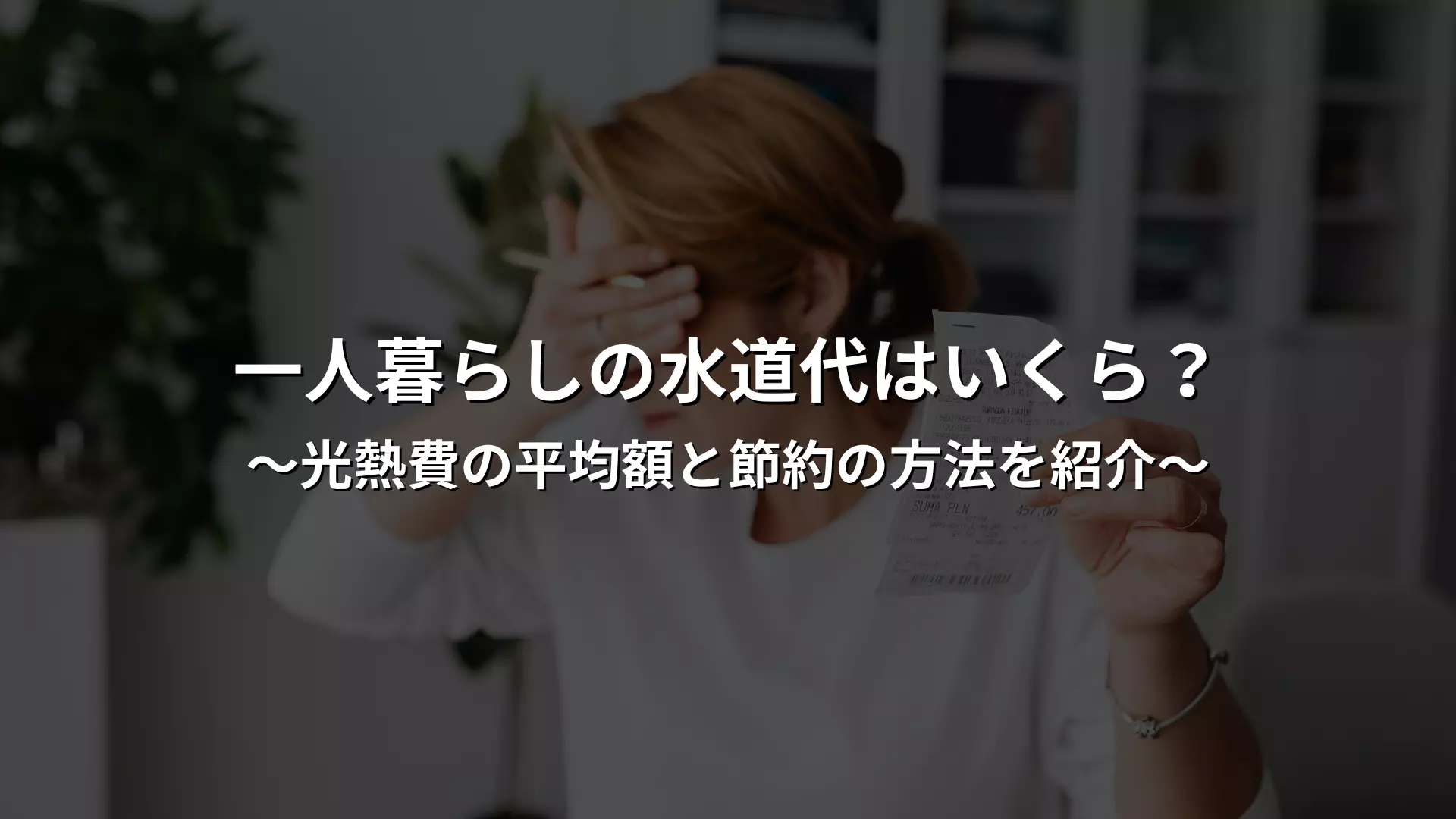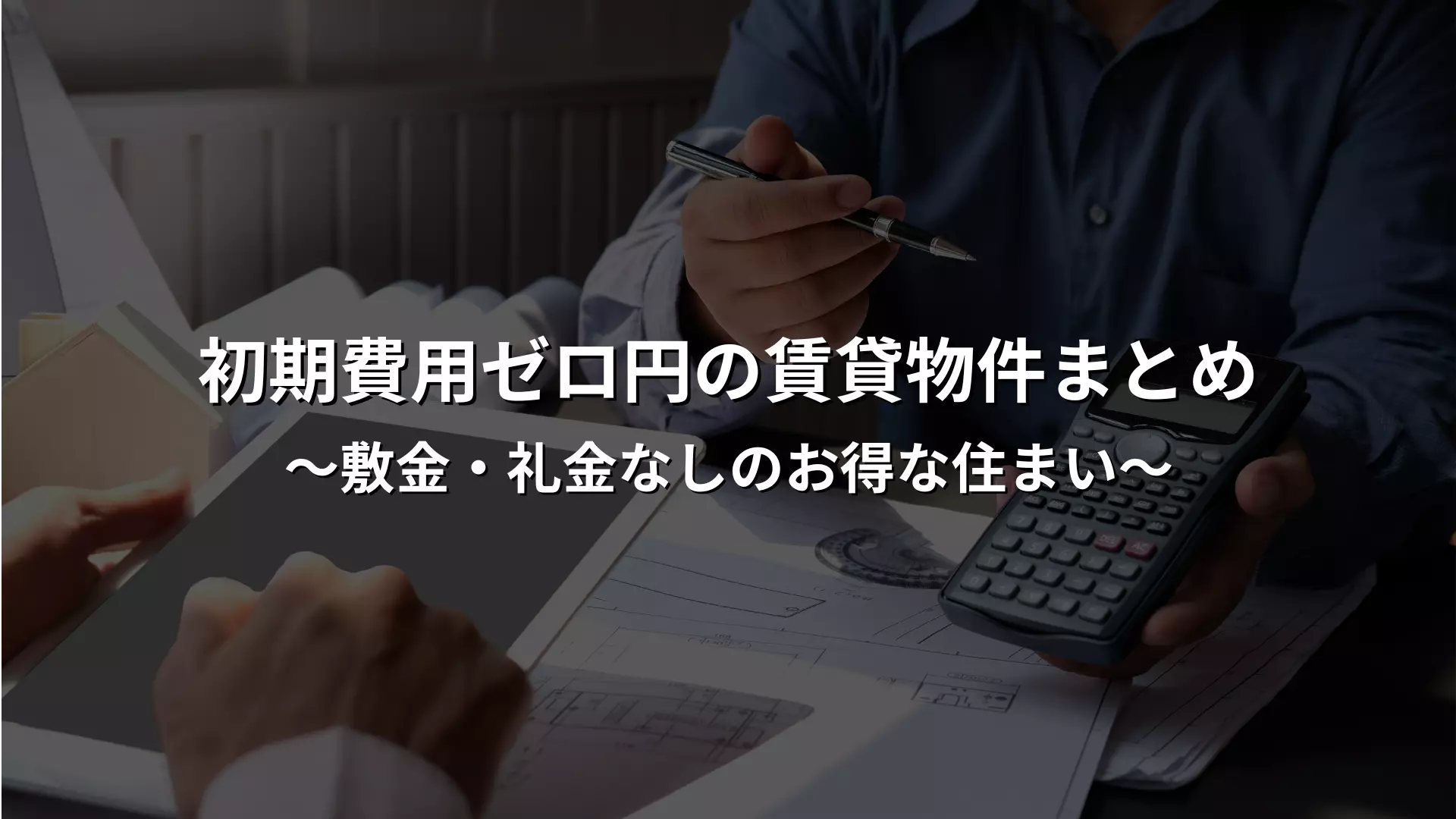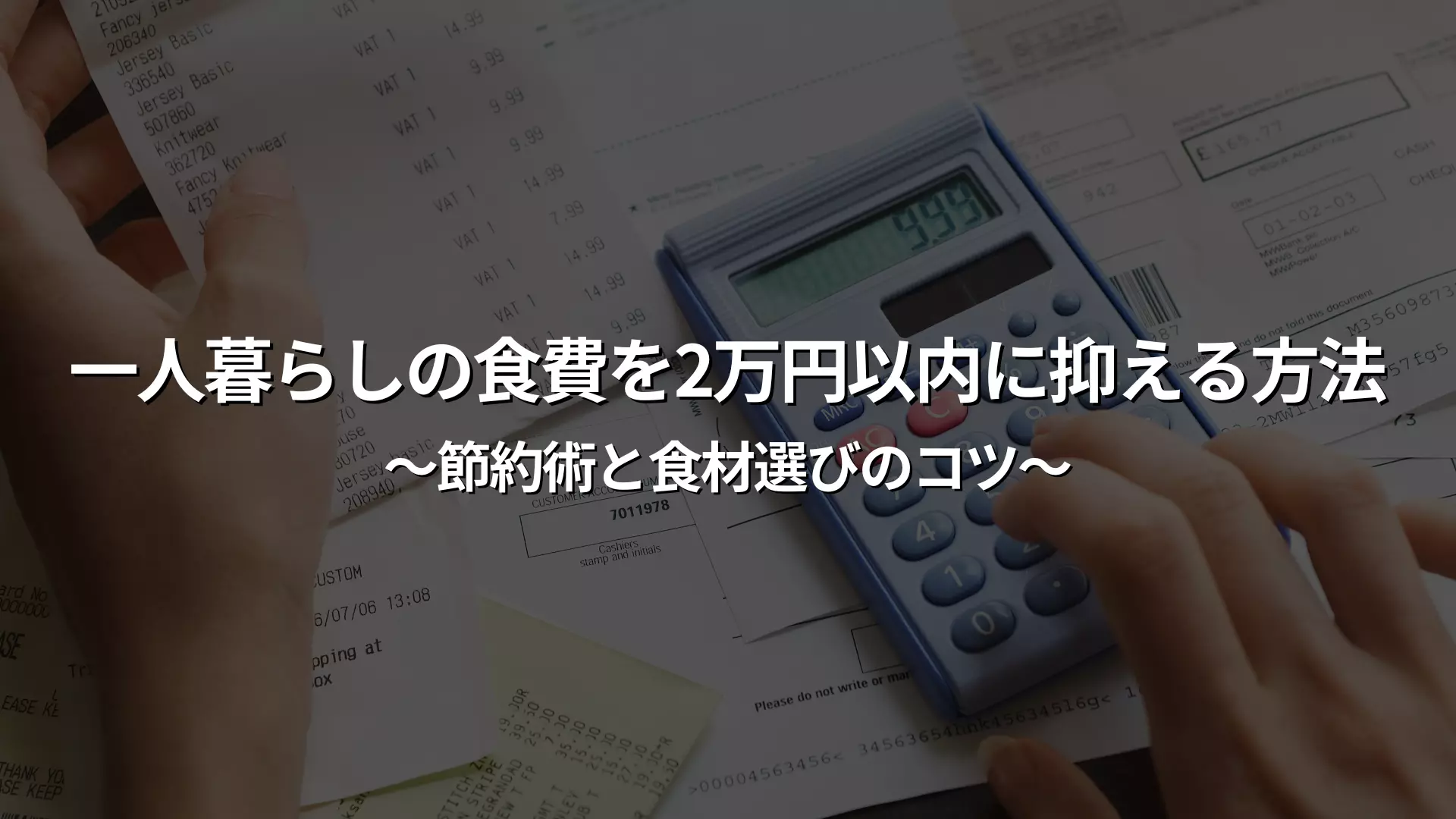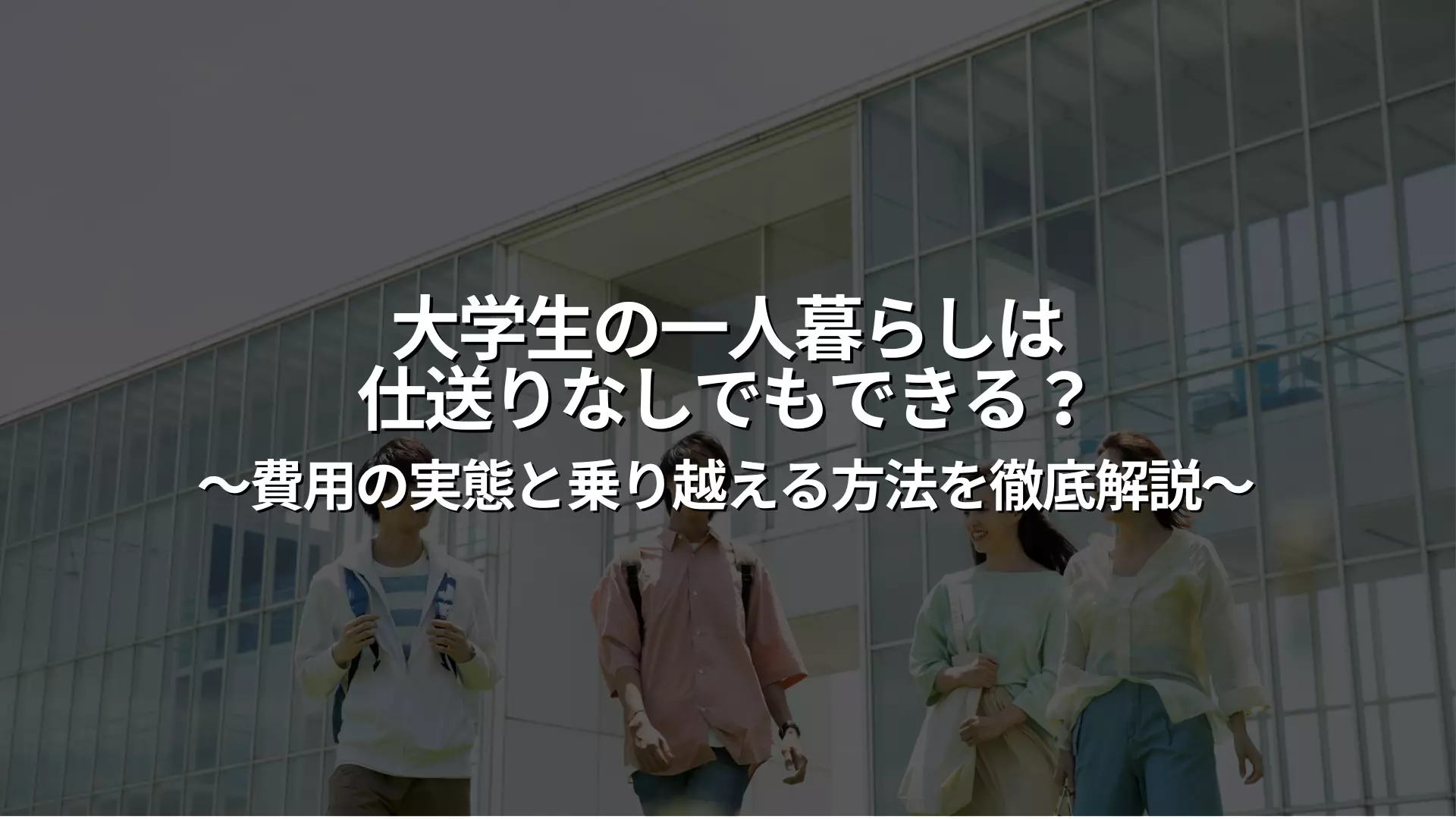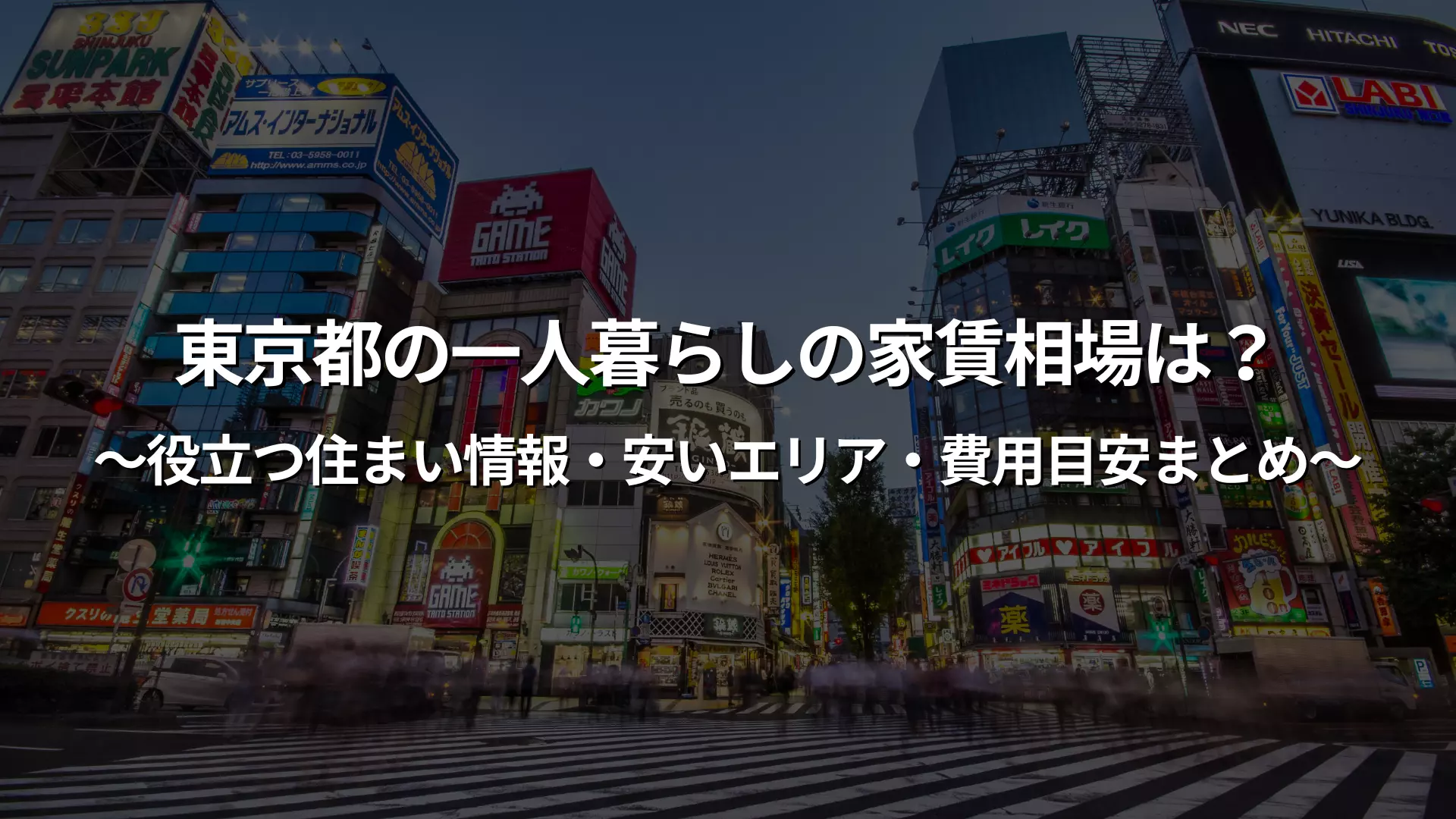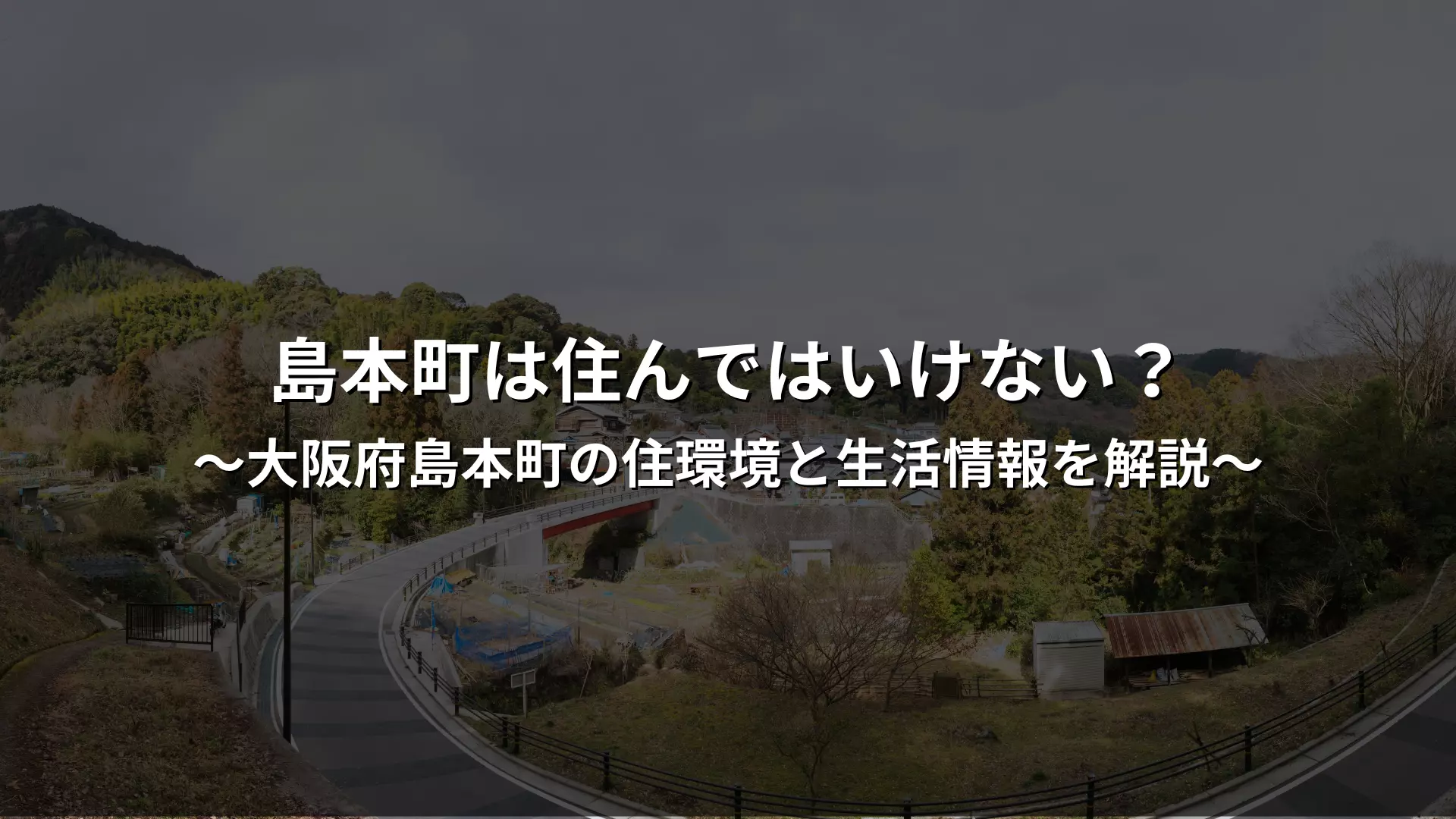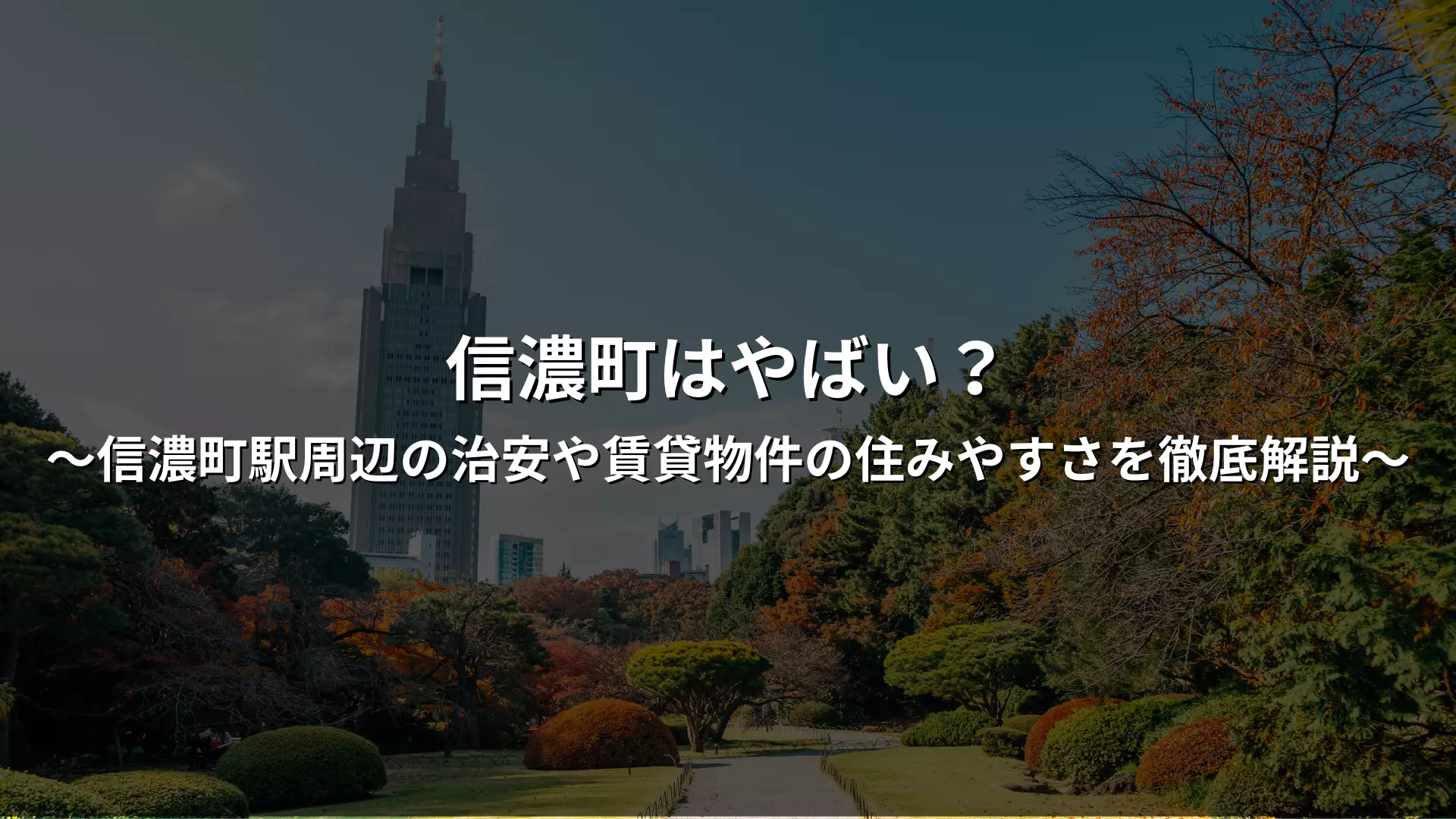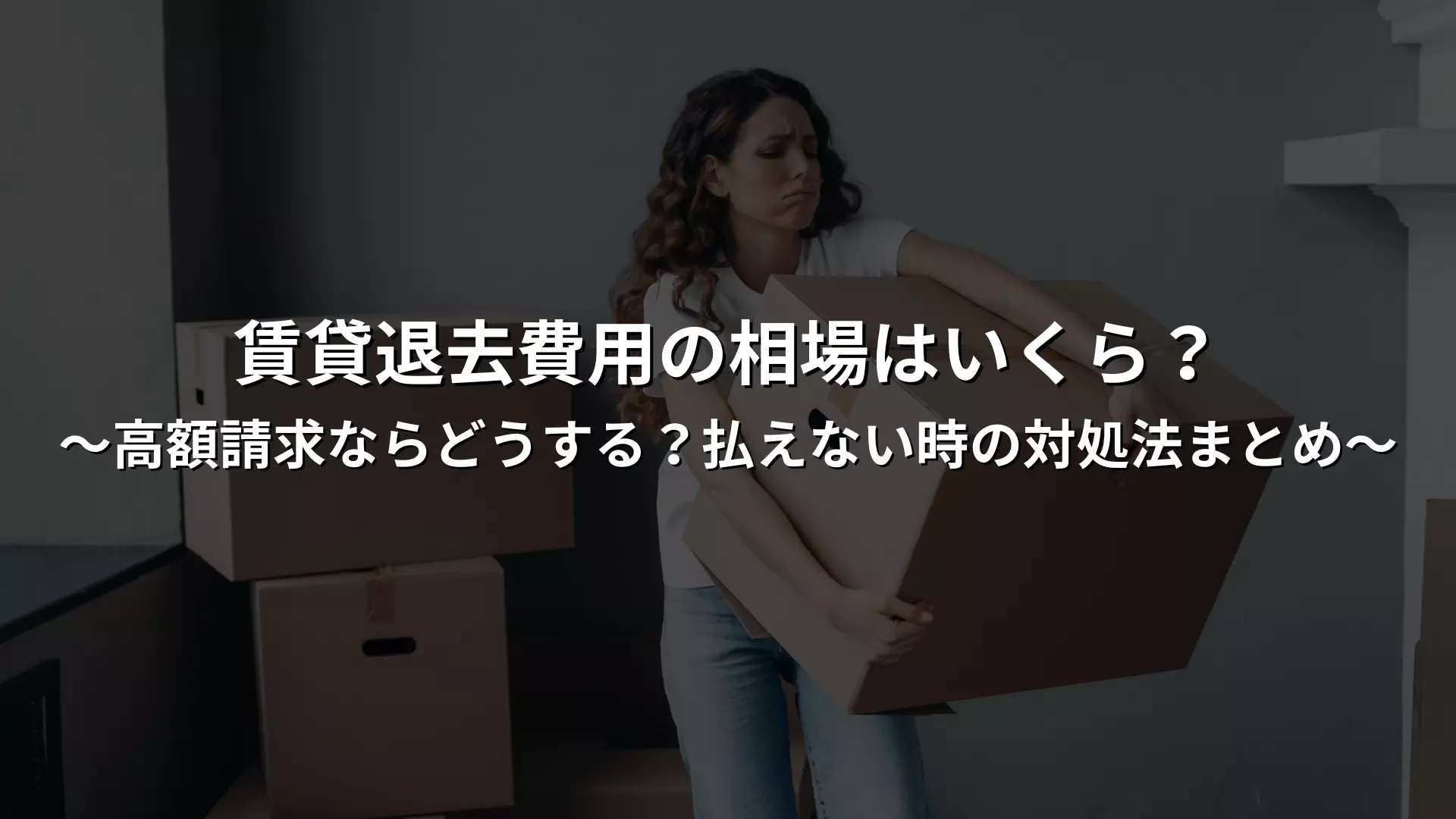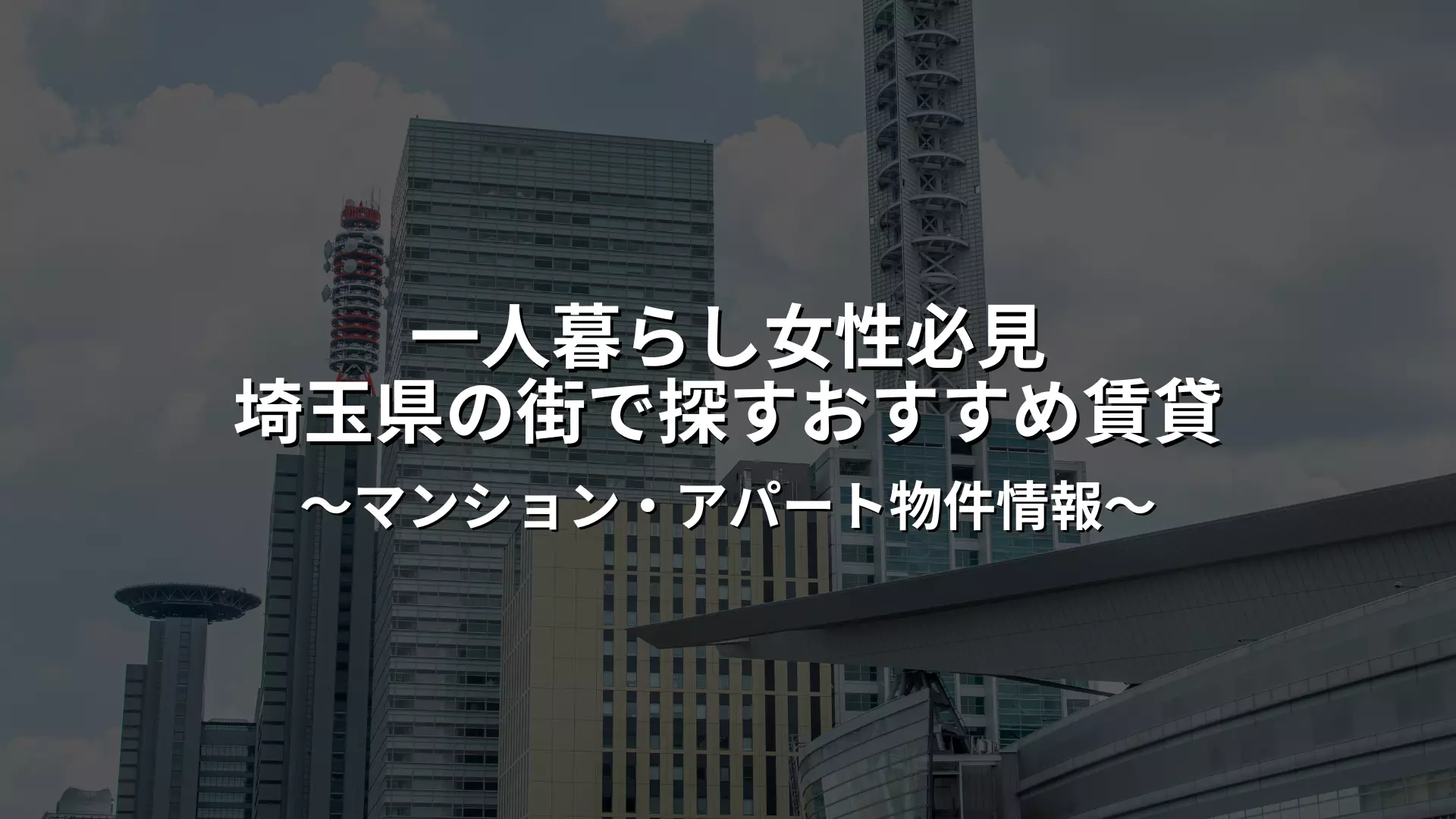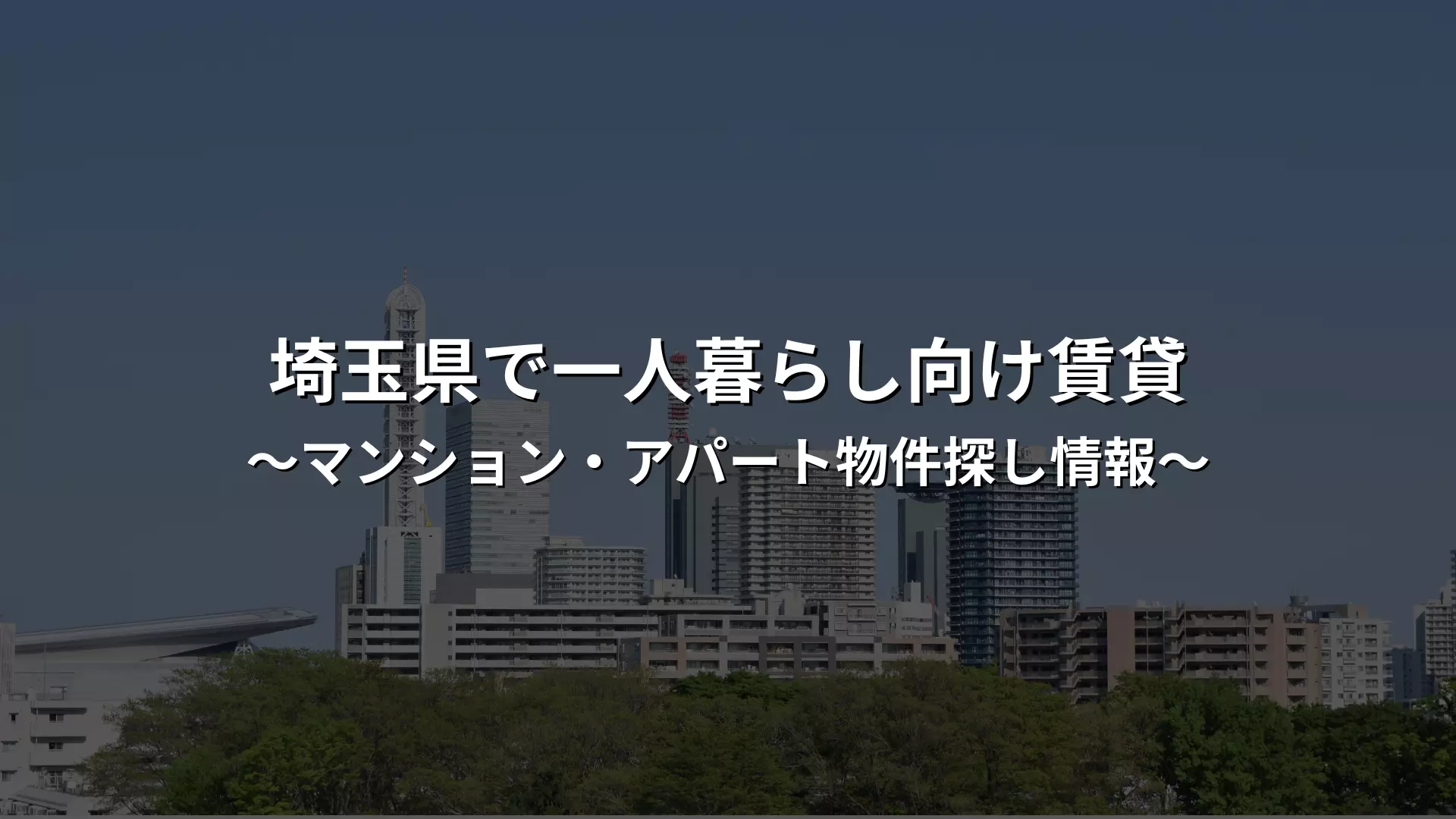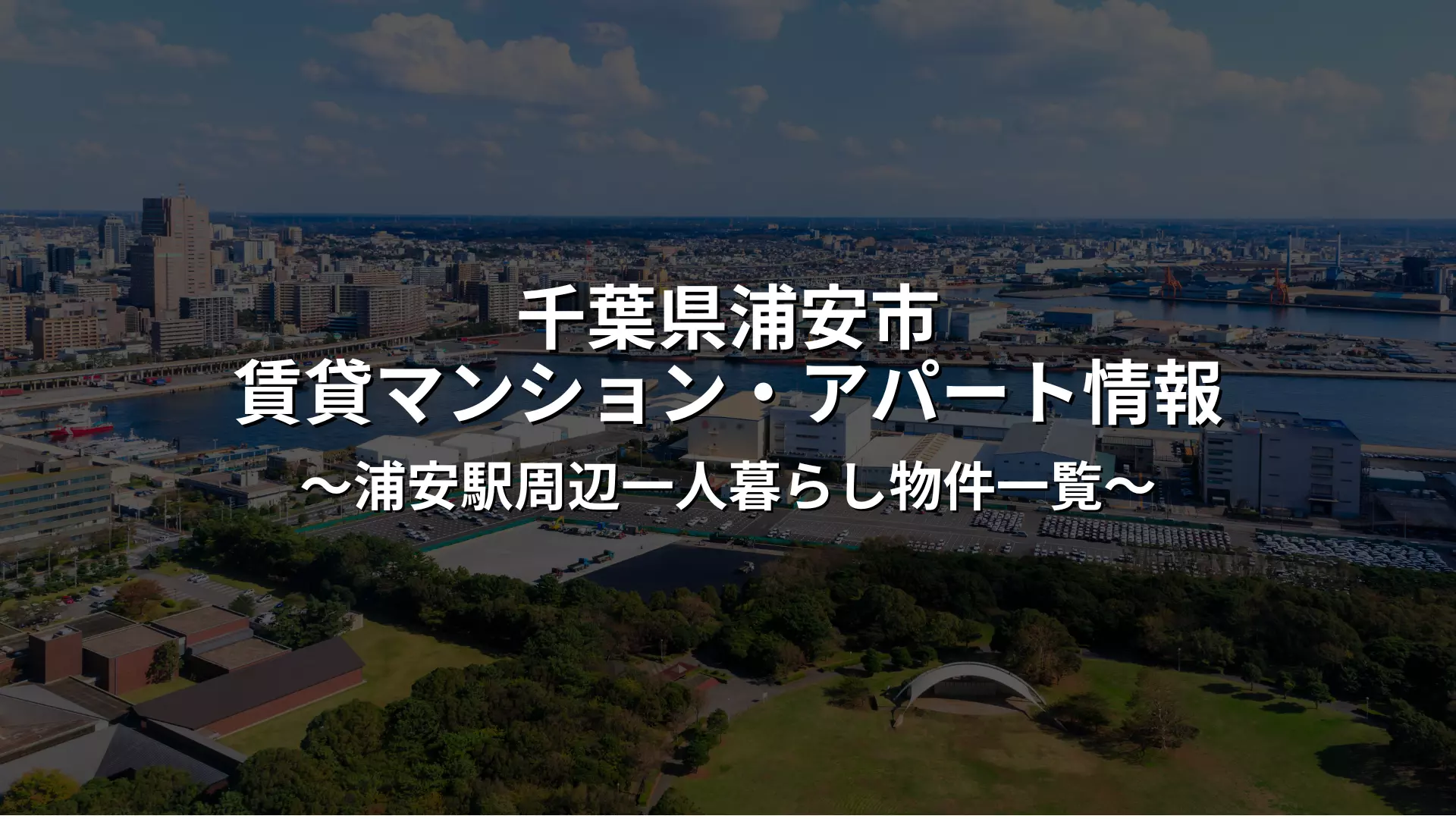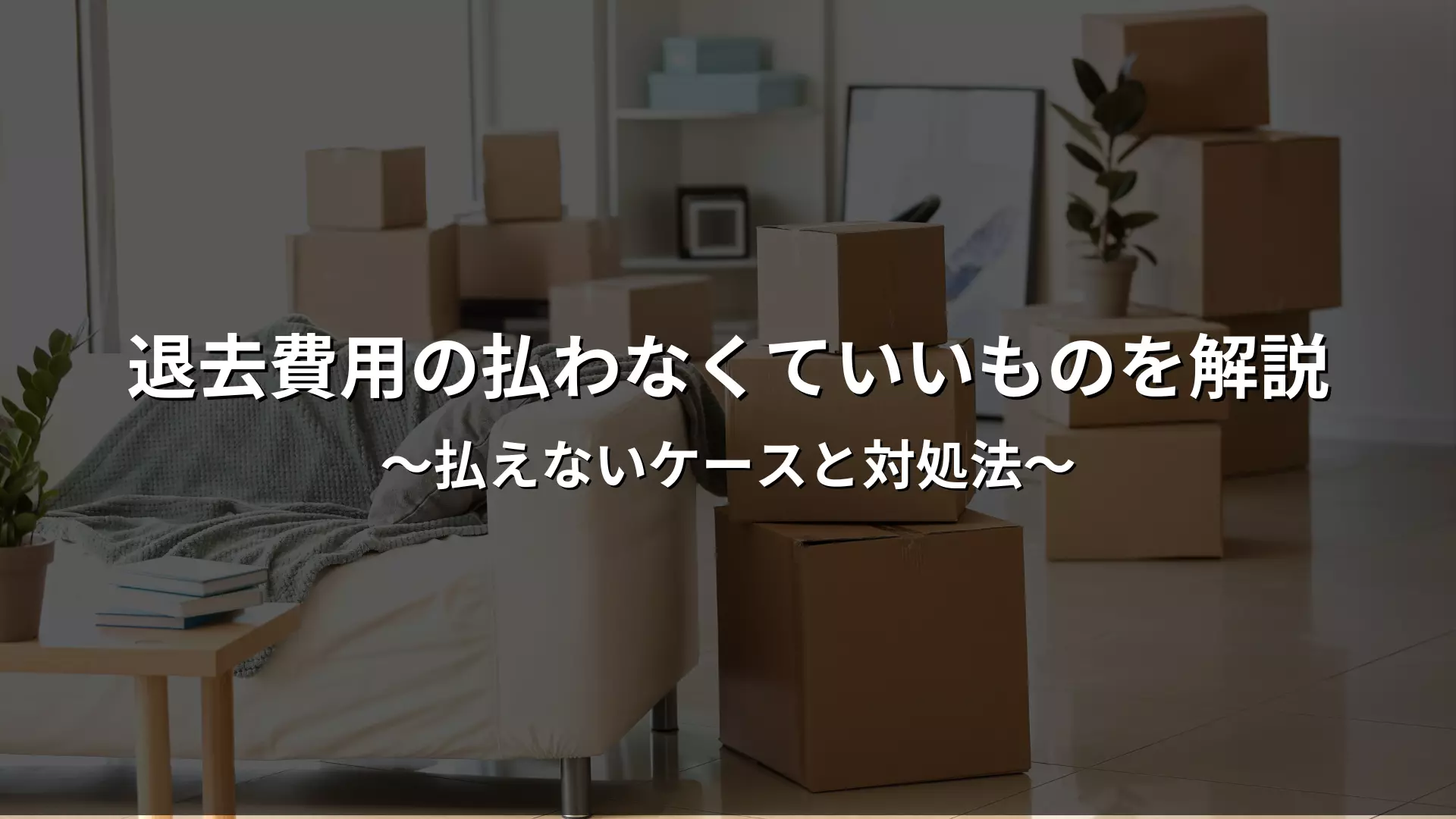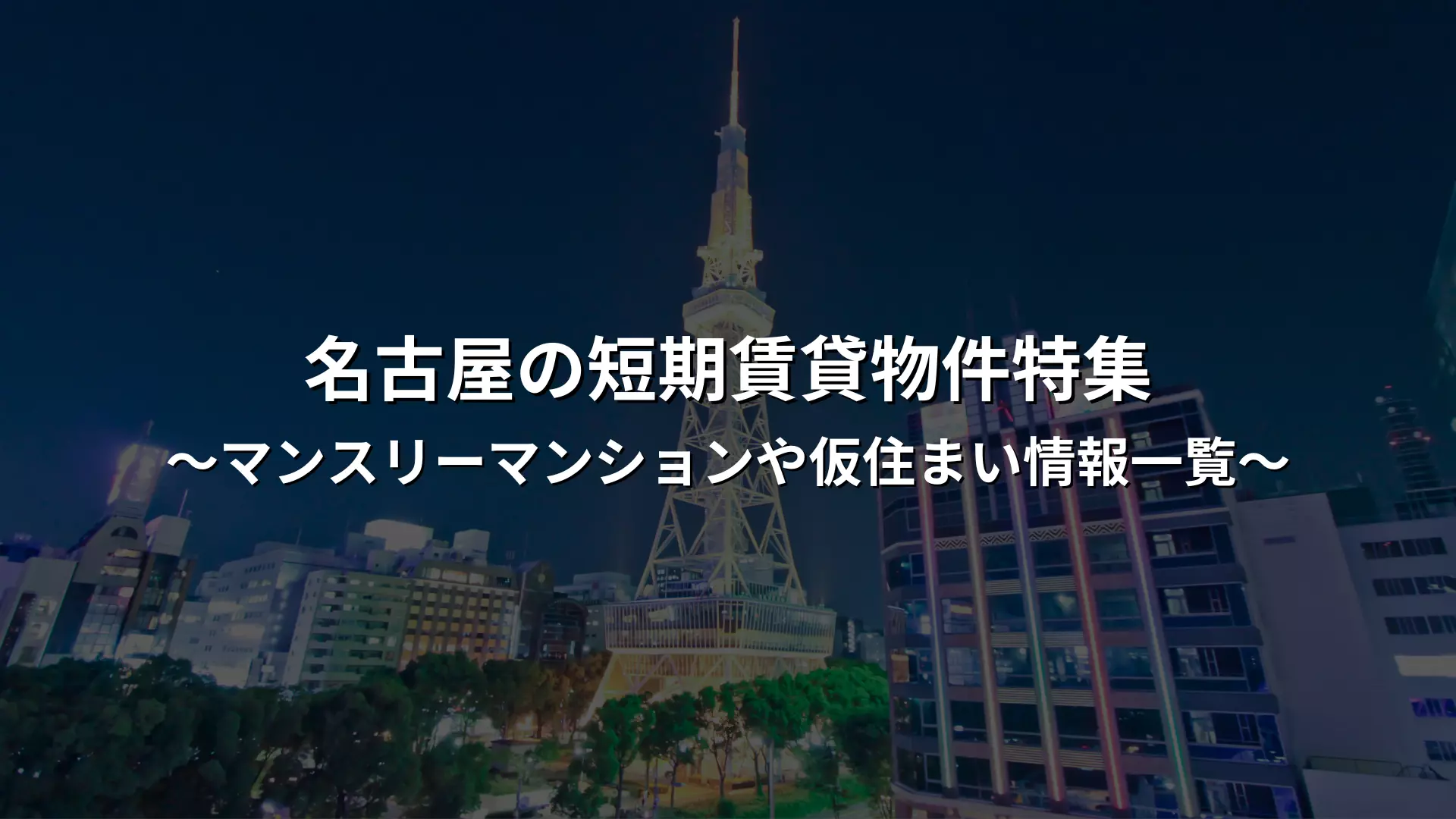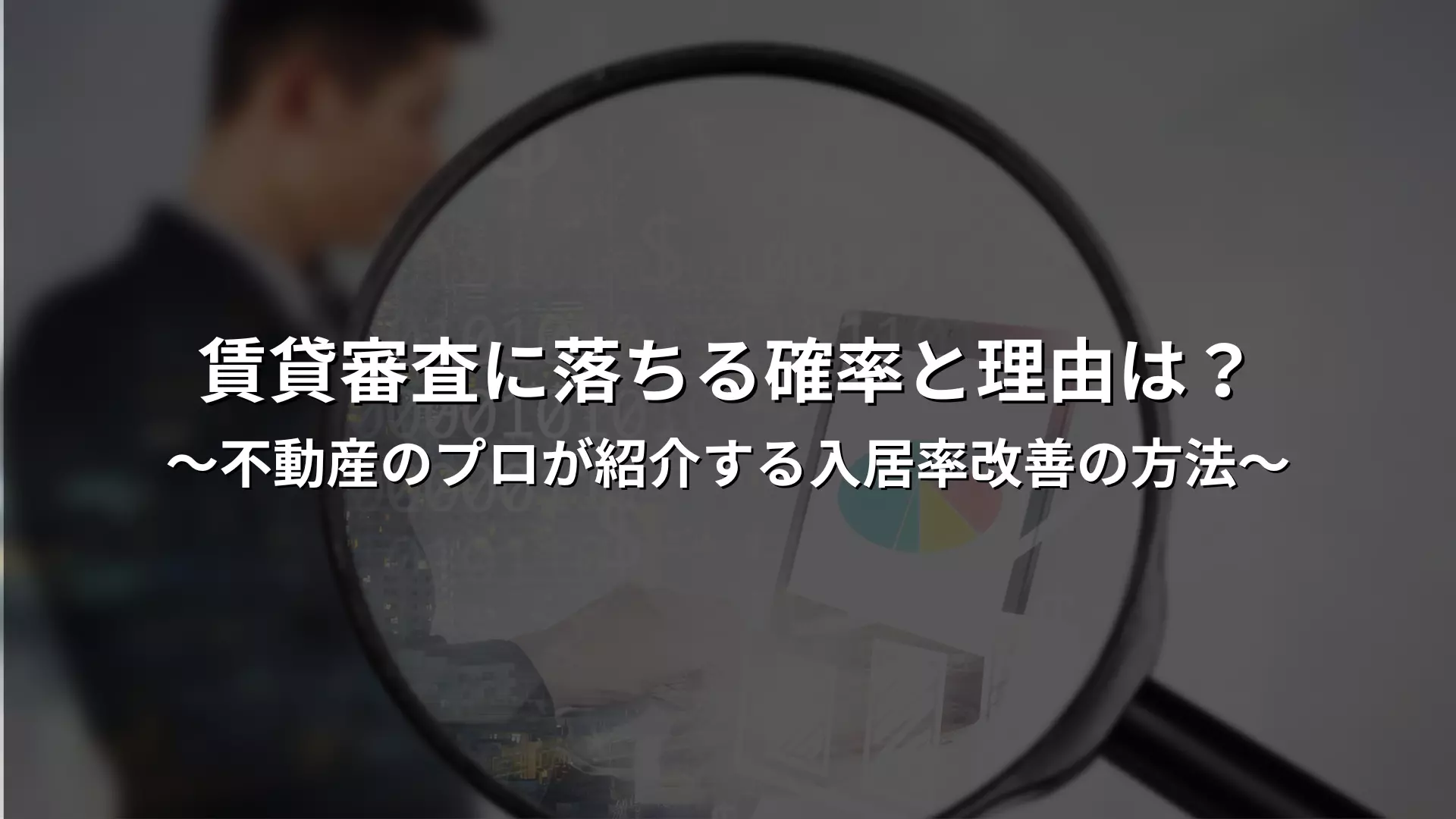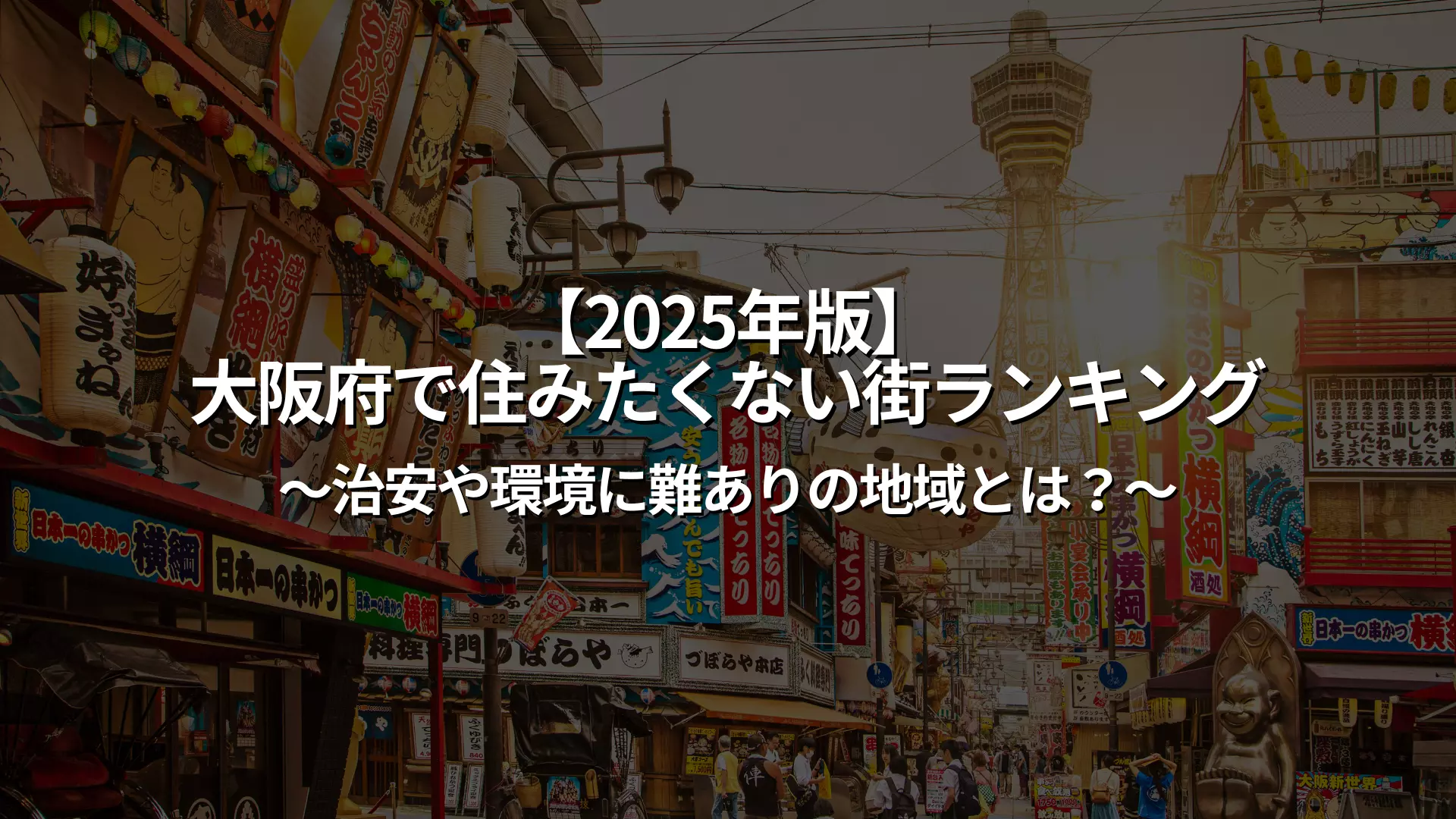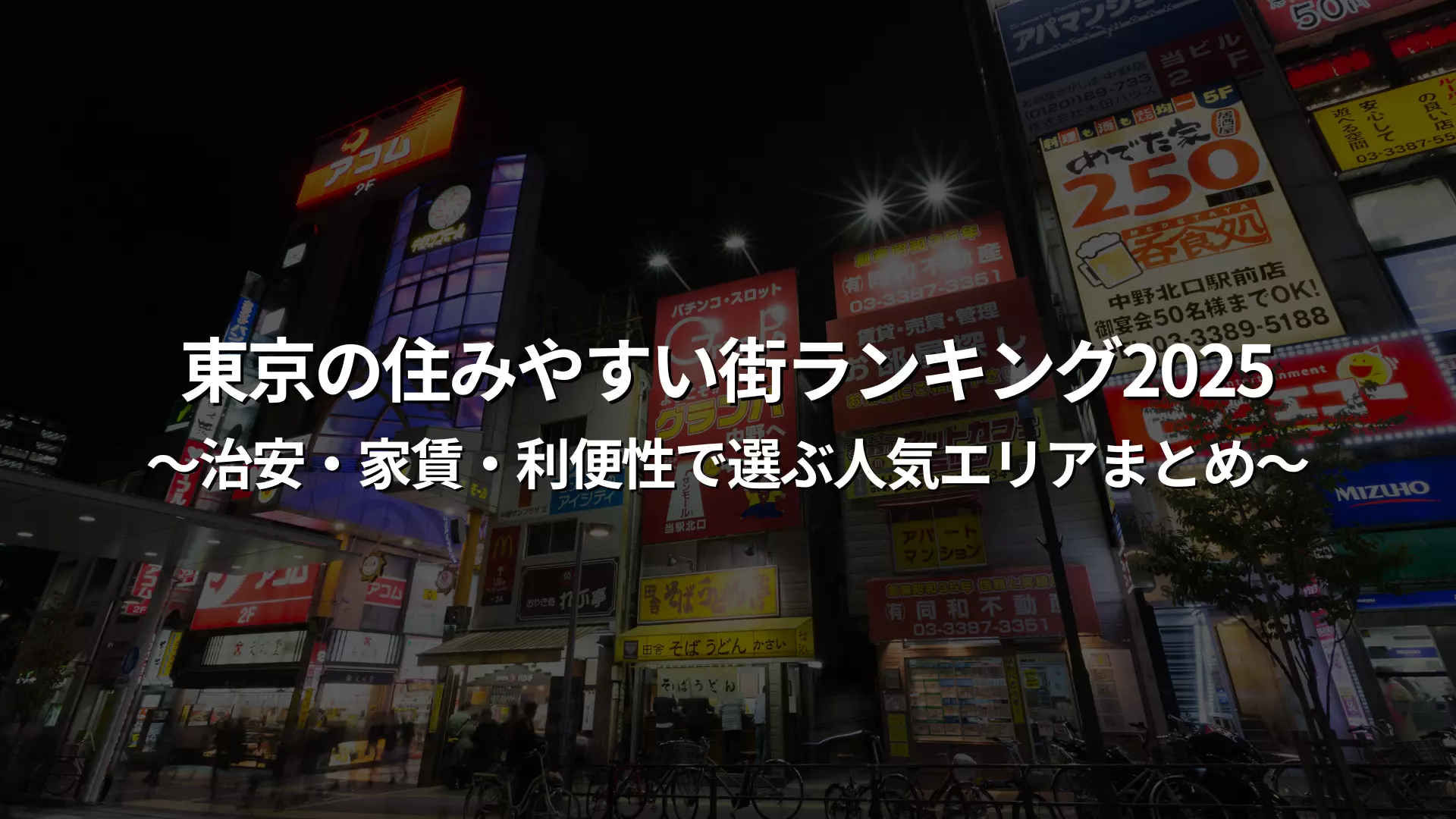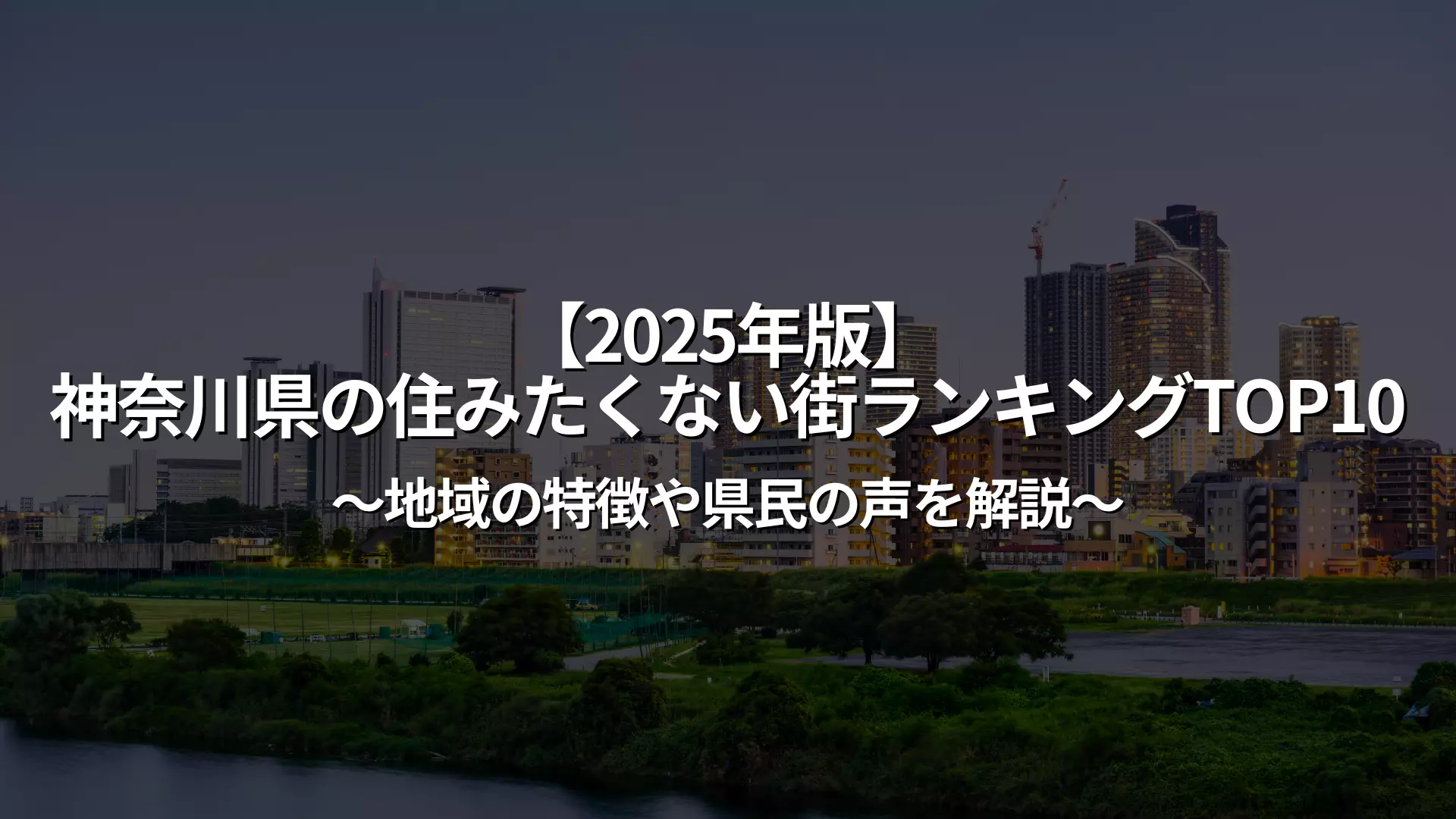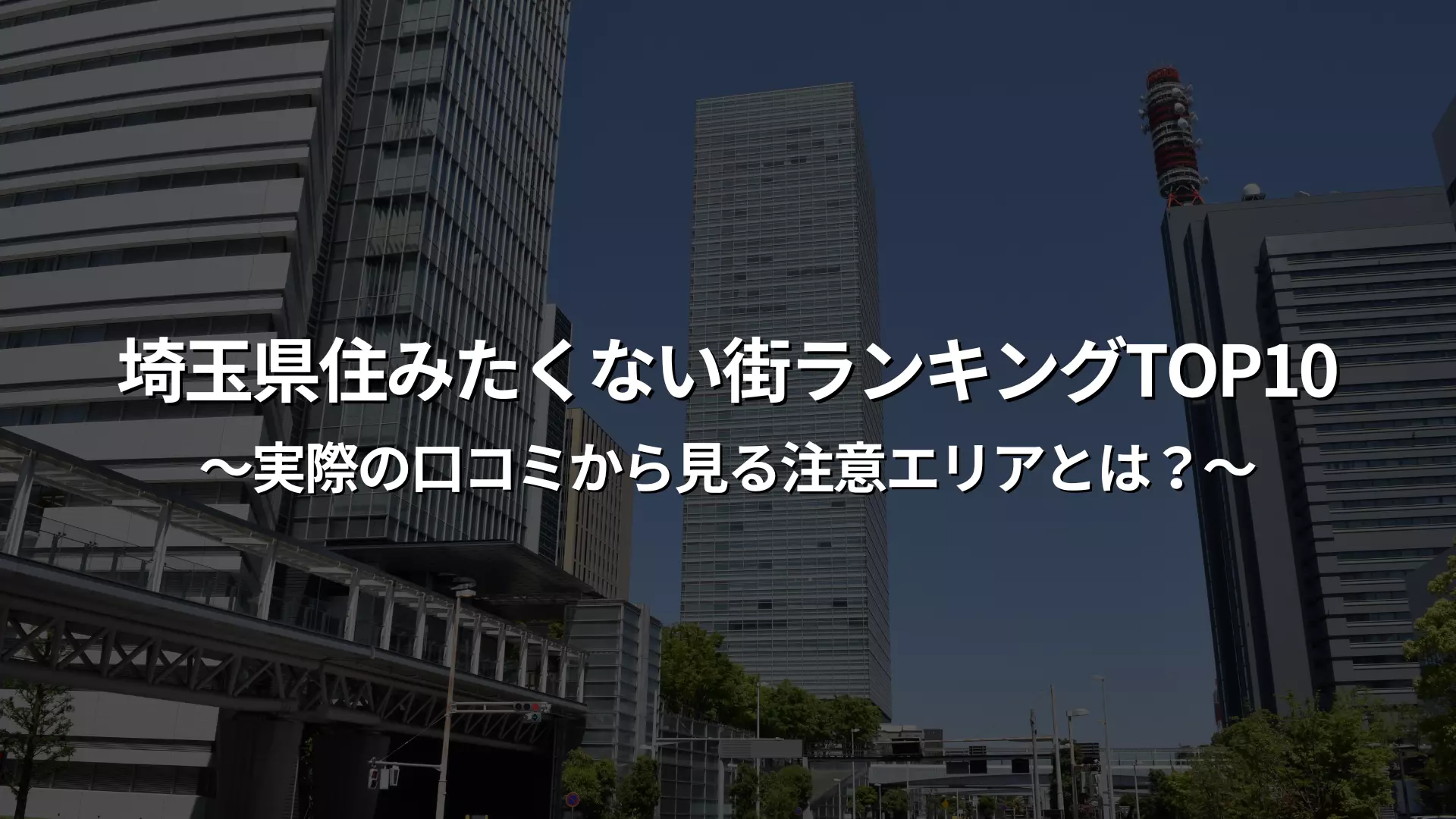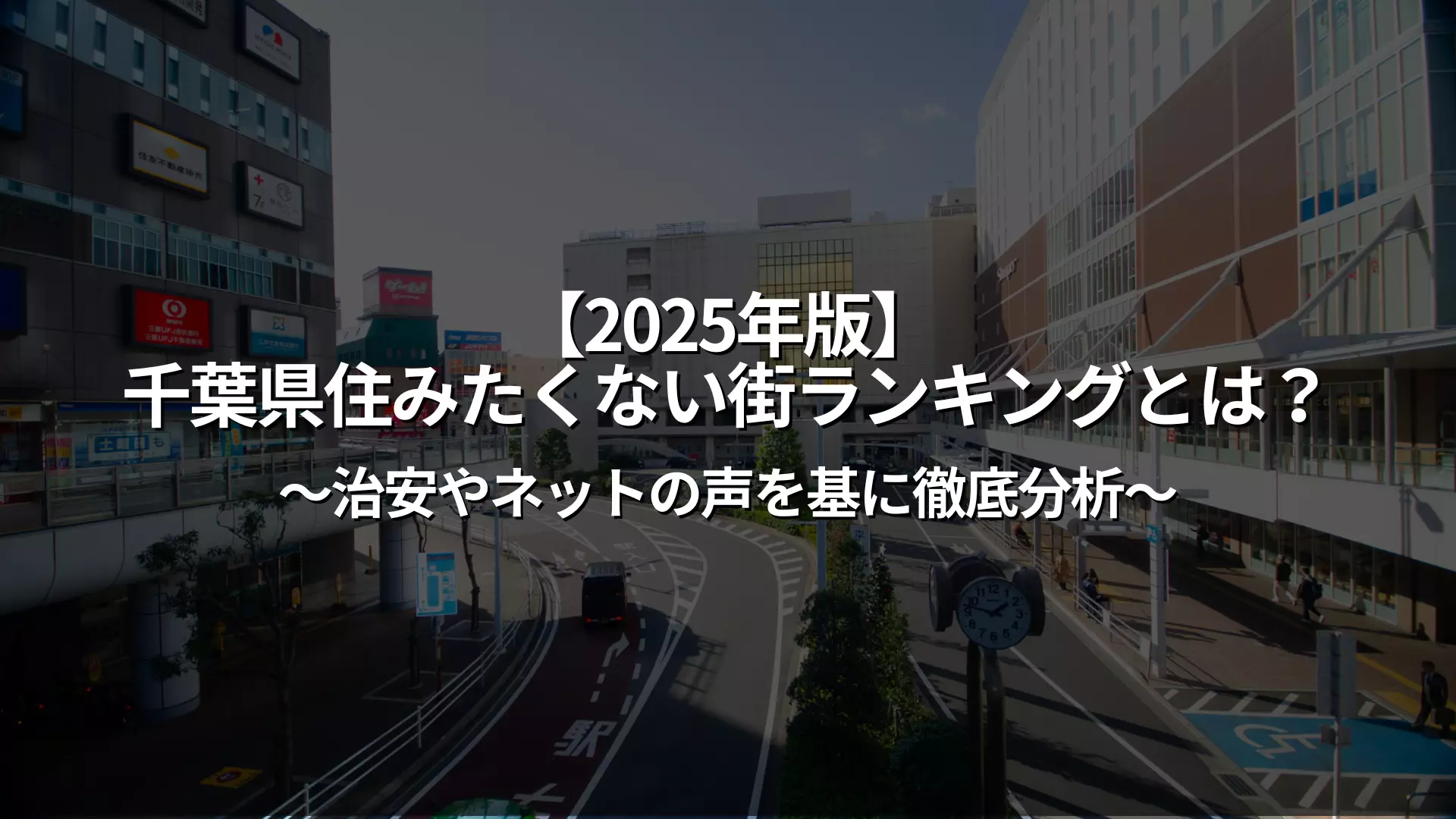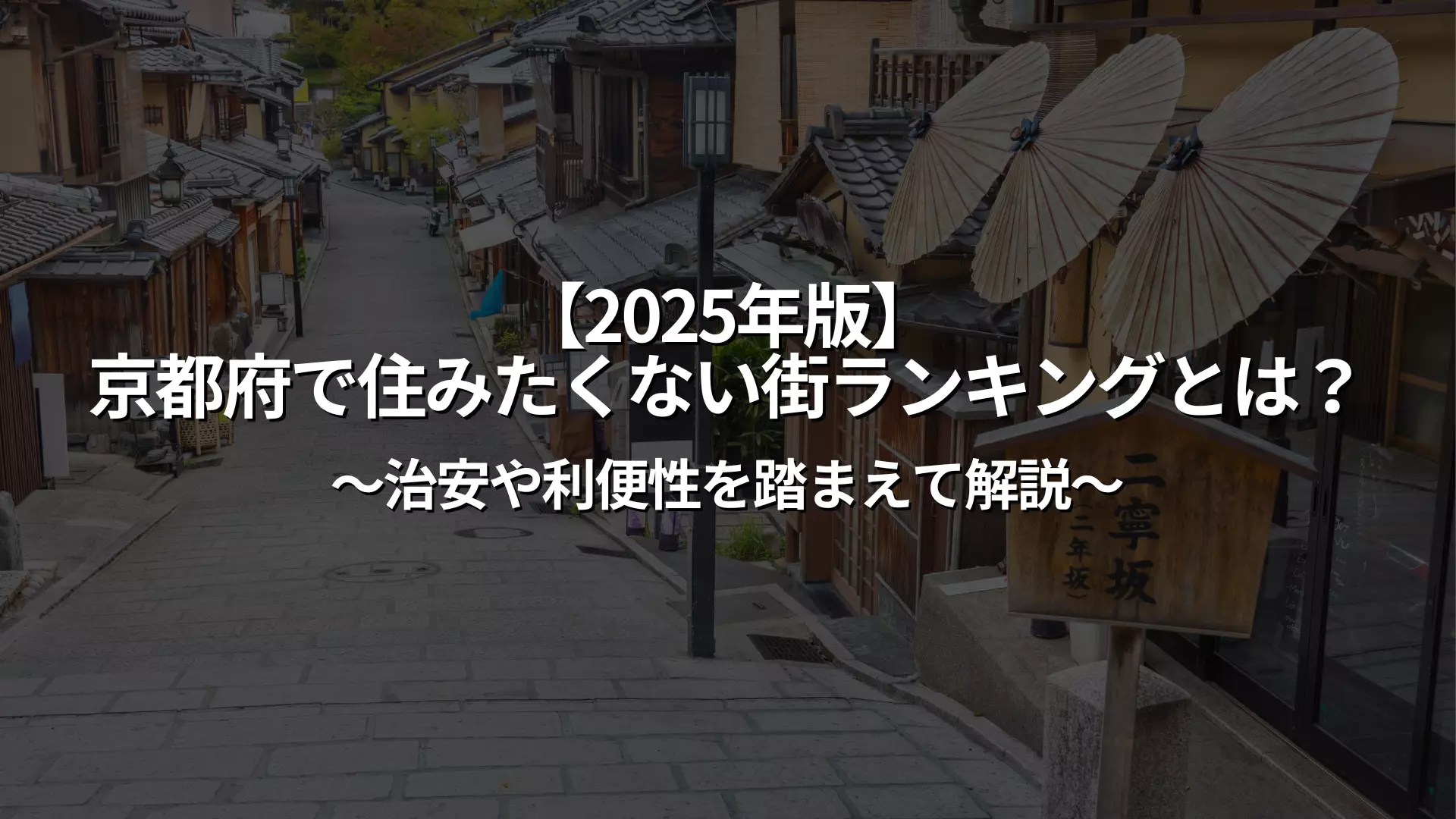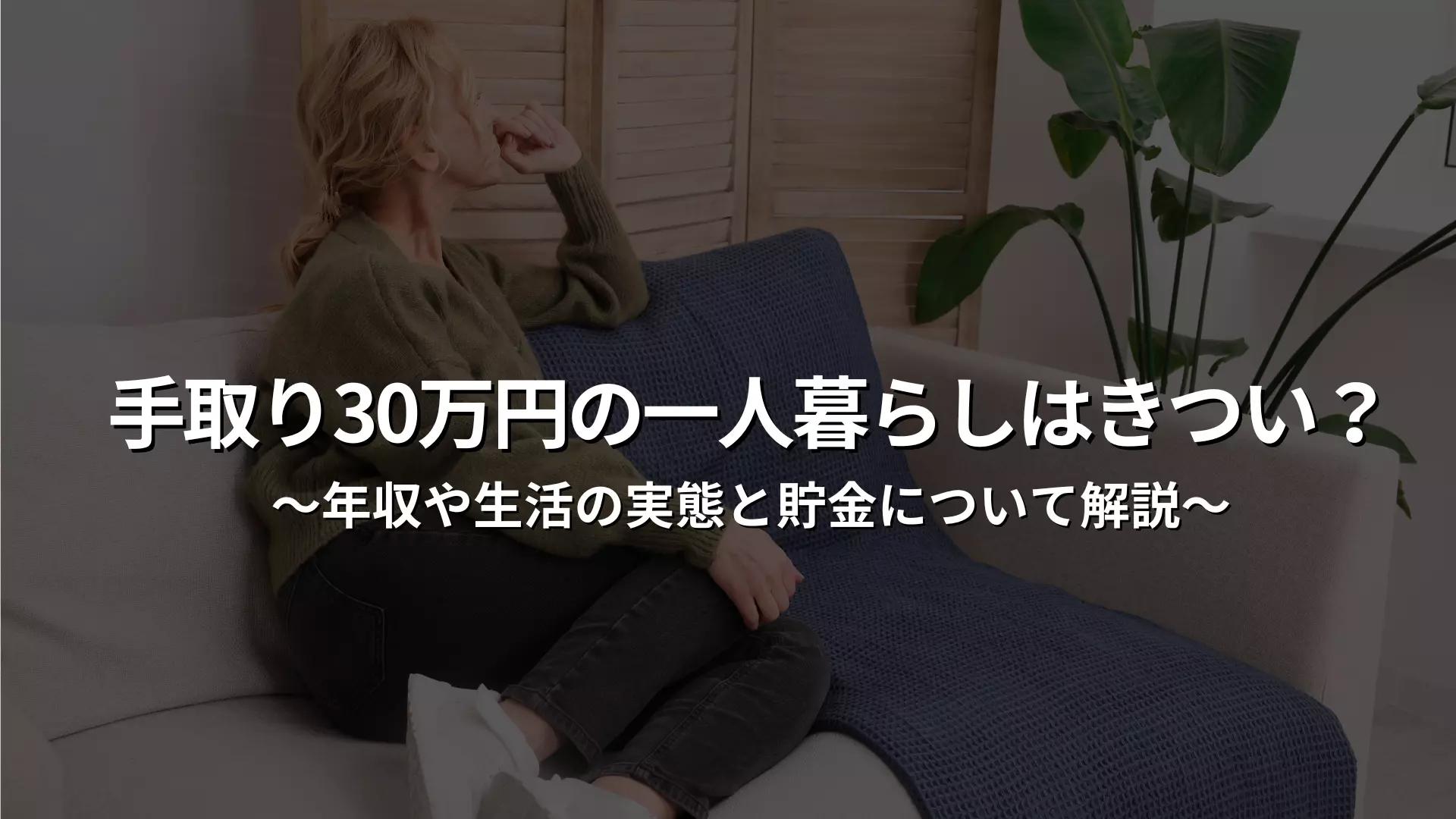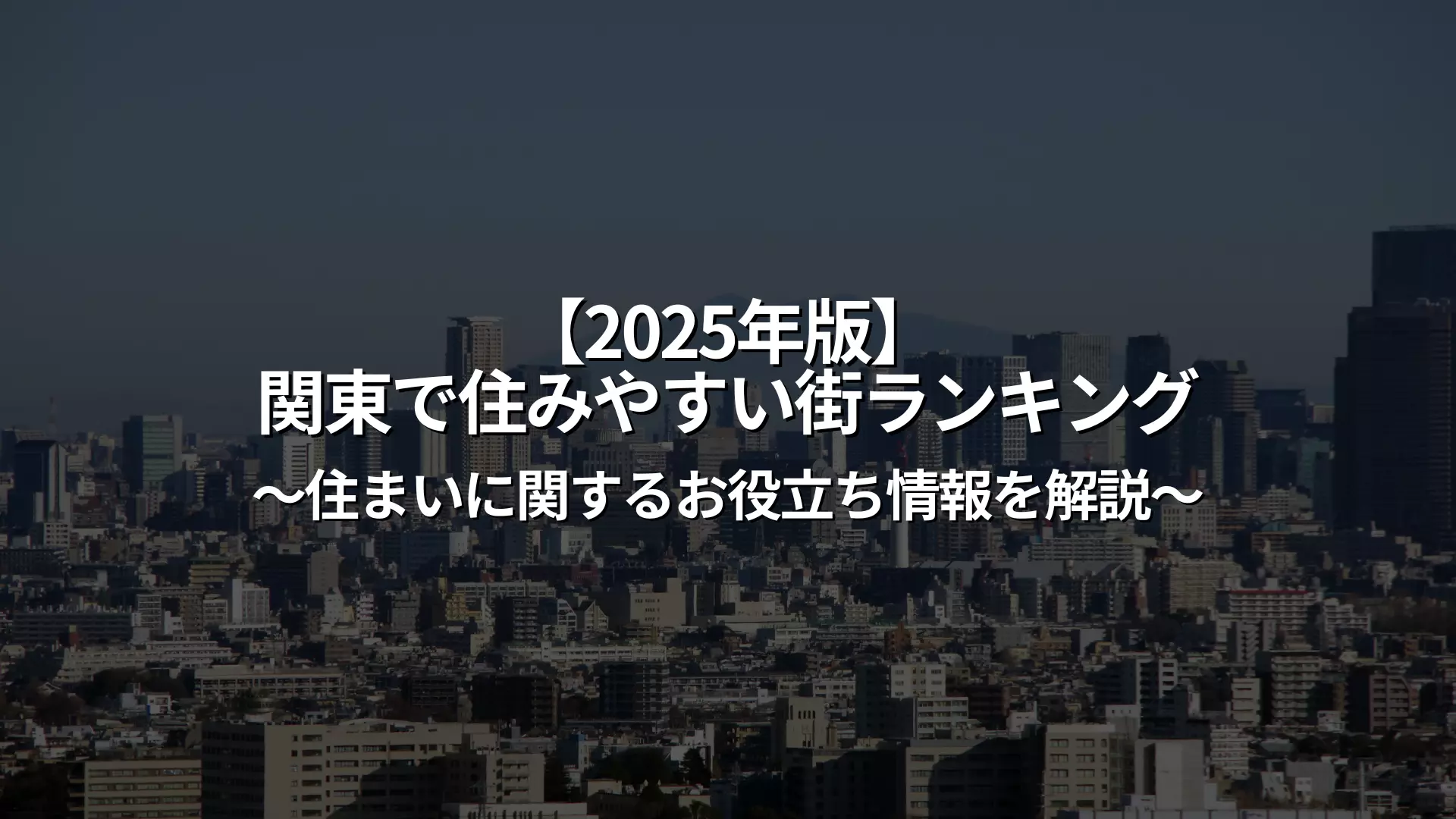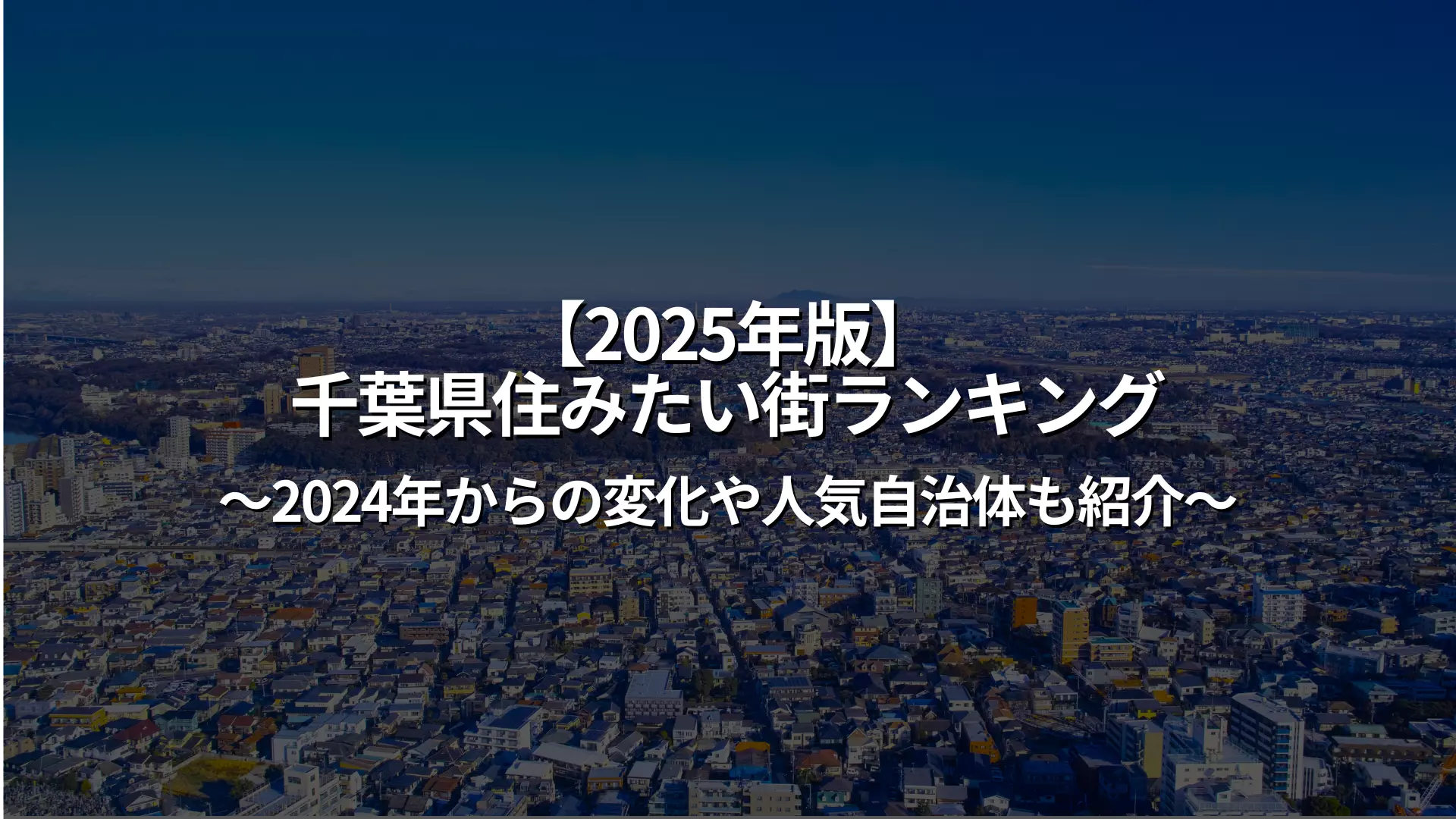The average rent for a shared house in Osaka is in the 50,000 yen range!
The average rent for a shared house in Osaka is in the 50,000 yen range.The most common price range is 50,000 yen, followed by 40,000 yen.
Approximately 70% of all shared houses in Osaka have rent in the 40,000 to 50,000 yen range.
Average cost of living in a share house in popular areas of Osaka
Below is a list of average rental costs for shared houses in the Osaka area.Areas that can be accessed without changing trains from major stations such as Umeda and Namba seem to be popular.
The cost of living in a shared house includes rent and common area fees (utilities).
| Osaka area | Average cost of living in a shared house |
| Higashinari Ward, Nishi Ward, Kita Ward, Naniwa Ward, Chuo Ward, Abeno Ward, Yodogawa Ward, Minato Ward, Miyakojima Ward, Takatsuki City, Fukushima Ward, Higashiyodogawa Ward, Higashisumiyoshi Ward, Sumiyoshi Ward, Tennoji Ward, Suita City, Asahi Ward, Toyonaka City, Ibaraki City, Higashiosaka City, Joto Ward, Nishiyodogawa Ward, Hirano Ward, Taisho Ward, Ikuno Ward, Sakai City, Tsurumi Ward, Konohana Ward, Nishinari Ward, Suminoe Ward, Kadoma City | 57,400 yen 57,100 yen 56,900 yen 55,500 yen 54,300 yen 54,300 yen 54,100 yen 54,100 yen 53,700 yen 53,700 yen 53,600 yen 53,500 yen 53,200 yen 52,800 yen 52,500 yen 52,200 yen 52,100 yen 52,100 yen 50,100 yen 49,200 yen 48,400 yen 48,100 yen 47,600 yen 47,500 yen 47,500 yen 47,100 yen 46,500 yen 46,300 yen 46,100 yen 45,800 yen 44,600 yen |
Cross House 's share house " SA190 SA-Cross Suminoe Park 1 " has a rent of 45,000 yen. It is conveniently located a 6-minute walk from Suminoe Park Station on the Osaka Metro Yotsubashi Line and within 13 minutes of Namba Station. *As of February 2024
Search from 6,678 rooms of 1,060 properties
Comparison of Share Houses and Rental Apartments
Below we compare a shared house and a rented apartment.- How much is the initial cost?
| Share House | Rental apartment (example) |
| Rent: 50,000 yen Maintenance fee: 8,000 yen Deposit: 20,000 yen | Advance rent: 70,000 yen Management fee: 4,000 yen Deposit: 1 month Key money: 1 month Insurance: 15,000 yen Key replacement fee: 10,500 yen |
| Total: Approximately 78,000 yen | Total: Approximately 239,500 yen |
The initial costs of living in a shared house are significantly cheaper than renting an apartment.
In addition, if you rent an apartment, you will need furniture and appliances in addition to the initial costs, and even if you buy the bare minimum, it will cost you tens of thousands of yen.
- What you need to sign a contract
| Share House | Rental apartment (example) |
| Identification card Personal seal Emergency contact information | Your personal seal (or a personal seal) The person's residence certificate (within the last three months) The individual's income certificate (tax withholding slip, tax payment certificate, etc.) Guarantor's seal certificate Guarantor's income certificate (not required in many cases) Guarantor's letter of guarantee (signed and stamped by the guarantor on the document provided by the real estate agent) |
In most cases, a guarantor is not required to sign a share house contract. All that is required is the applicant's own documents, and there is no need to prepare income certificates such as a tax withholding slip or tax payment certificate.
- Regarding the period of stay
- Facilities
Other expenses besides rent for a share house
We will explain two costs that you will incur in addition to rent in a shared house.- Initial cost
- Common area fee
Initial cost
Generally speaking, the initial cost of a share house includes the following four costs: daily rent + common area fee + contract fee + security deposit. The average initial cost of a share house is about 100,000 yen. Depending on the property, you may also need to pay a deposit, key money, fire insurance, etc.Common area fee
Share house common area fees include the cost of cleaning the building, utilities, internet, and daily consumables. They are paid monthly along with the rent. The amount is often set at about 20% of the rent, but just like the initial costs, it varies depending on the size and type of property, so be careful.Search from 6,678 rooms of 1,060 properties
Why share house costs are so low
From here, we will explain four reasons why the costs of living in a shared house can be kept low.Deposit and key money required
Generally, most share houses do not require a security deposit or key money. Instead, a security deposit is provided, and if you scratch a wall or break something, repair costs will be paid from the security deposit. Some properties do not require a security deposit.Facilities are shared
In a share house, the kitchen, bathroom, toilet, washing machine, etc. are shared. Since there are no facilities in the occupied space, management costs can be kept low, so rent can be set low.If you want to save even more, check the room type.
If you want to save even more money, check the room types to save money.
In a share house, rent is determined by the type of room.
| Room Type | Average rent (example) |
| Private room type | 54,000 yen |
| Semi-private | 47,900 yen |
| Shared Room | 42,750 yen |
| Dormitory type | 40,000 yen |
However, it is certainly less expensive than a regular rental property.
Semi-private and shared rooms are rooms where two people share one room.
Semi-private rooms are separated by curtains or partitions, while shared rooms have no partitions.
Dormitory-type accommodation is where multiple people share one room.
The space you occupy is small, and the rent is the cheapest among shared houses.
Recommended for those who want to keep costs as low as possible.
Benefits of living in a share house
From here, I'd like to introduce three benefits of living in a share house.- Housing costs can be reduced
- Furniture and appliances included
- Residents can communicate with each other
Search from 6,678 rooms of 1,060 properties
Disadvantages of living in a share house
Finally, here are two disadvantages to living in a shared house.If you find the following disadvantages make you anxious or stressed, we do not recommend living in a shared house.
Please think about it carefully and consider it.
- There is a risk that the lifestyle of those living together will not match
What you previously thought was common sense may not work for the other person, and vice versa.
This can sometimes make you feel stressed.
It may also cause a rift in relationships.
- Privacy is hard to ensure
Outside of your private room, you will always be under the watchful eye of others.
People who are not good at communicating may find it difficult to live in a shared house.
Find a share house that suits your needs
The average rent for a shared house in Osaka is in the 50,000 yen range.Popular areas are those with good access to Umeda and Namba.
Compare the average rent prices for share houses in Osaka and find a share house that suits your needs.
Cross House offers reasonably priced shared houses in popular areas.
If you are interested in living in a share house, please feel free to contact us.

